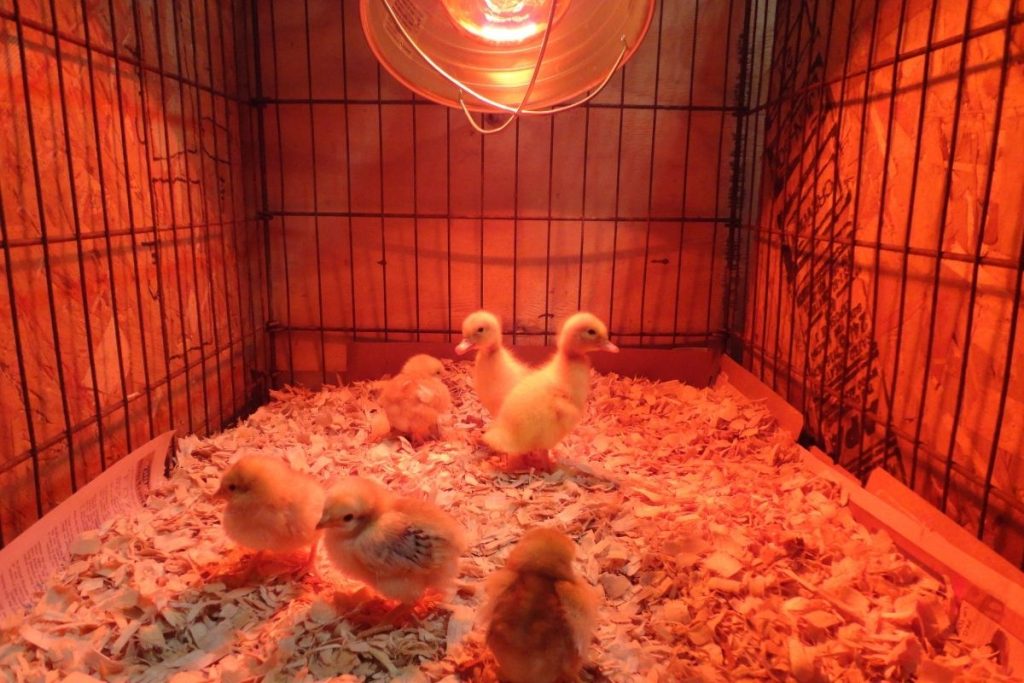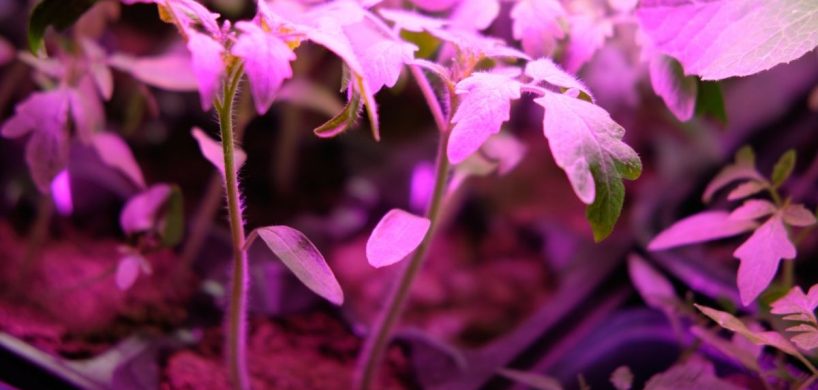Can plants be cultivated using heat lamps as an alternative to sunlight? The short answer is yes, because similarly to the Sun, heat lamps emit both light and heat. However, if you critically assess this question, is the light and heat from a synthetic light source enough to grow plants? Is there something else they need in addition to heat and light?
For plants to grow under solar-powered heat lamps, this light source must be capable of certain things:
- Enabling lighting regulation to imitate day to night cycles
- Provide full-color spectrum lights
- Emit the correct amount of photosynthesis active radiation, which is vital for plant photosynthesis
So, if you intend to grow plants indoors, vertical, or during the winter season, this article is for you.
What Are Solar Heat Lamps?
They are solar-powered incandescent lighting that emits an unseen infrared light that warms the air. This invisible light helps plants grow and keeps chickens warm in their coops in winter.

However, it can also be harmful or lethal to plants. The filament in the bulb becomes white-hot when these lamps emit heat. Their bulb has a ceramic bottom to protect the bulb from melting when it’s extremely hot.
The best way to provide the correct amount of infrared light for your plants is by using a light meter.
Advantages of Heat Lamps for Plant Cultivation
Below are the reasons you should use heat lamps for growing plants:
Lesser Costs
Studies have proven that infrared heating reduces heating expenses by as much as 17% and gas consumption by 31% compared to standard gas heaters.
Quicker Growth
Infrared heating quickens the germination of plant seeds. However, this is limited to plant seeds, not matured plants. Plant seeds require a warmer environment than usual to thrive and grow.
Enhances Production Yields
With heat lamps, it’s easier to produce crops all year round with heat lamps regardless of the season or temperature levels. During extremely low temperatures (during winter), plants can thrive because they will be protected from field frost.
Disadvantages of Heat Lamps for Plant Cultivation
Below are reasons you shouldn’t use heat lamps for growing plants:
They Are Not Specifically Designed for Crop Production
Heat lamps are designed for heat emission to warm the air, not simulate a plant-friendly condition for crop production. Therefore, using them may disrupt the natural plant growth process. Also, these lamps affect atmospheric humidity, which may not meet plant requirements.
Requires Expenses and Technology
Heat lamps cannot be compared to sunlight because they involve light bulbs, switches, electricity, and energy costs in the production of plants.
Interrupted Day-Night Cycles
Heat lamps cannot provide the natural Day-Night cycle required by plants to relax and recover from environmental stresses and utilize nutrients. The heat lamps have to be switched off at night even to simulate this cycle.
Not Suitable for Some Plants
Certain plants, such as Pothos, Peace lily, etc., thrive on low lighting. These plants can grow indoors under artificial lighting, but when grown under infrared heating, they develop an unnatural appearance.

